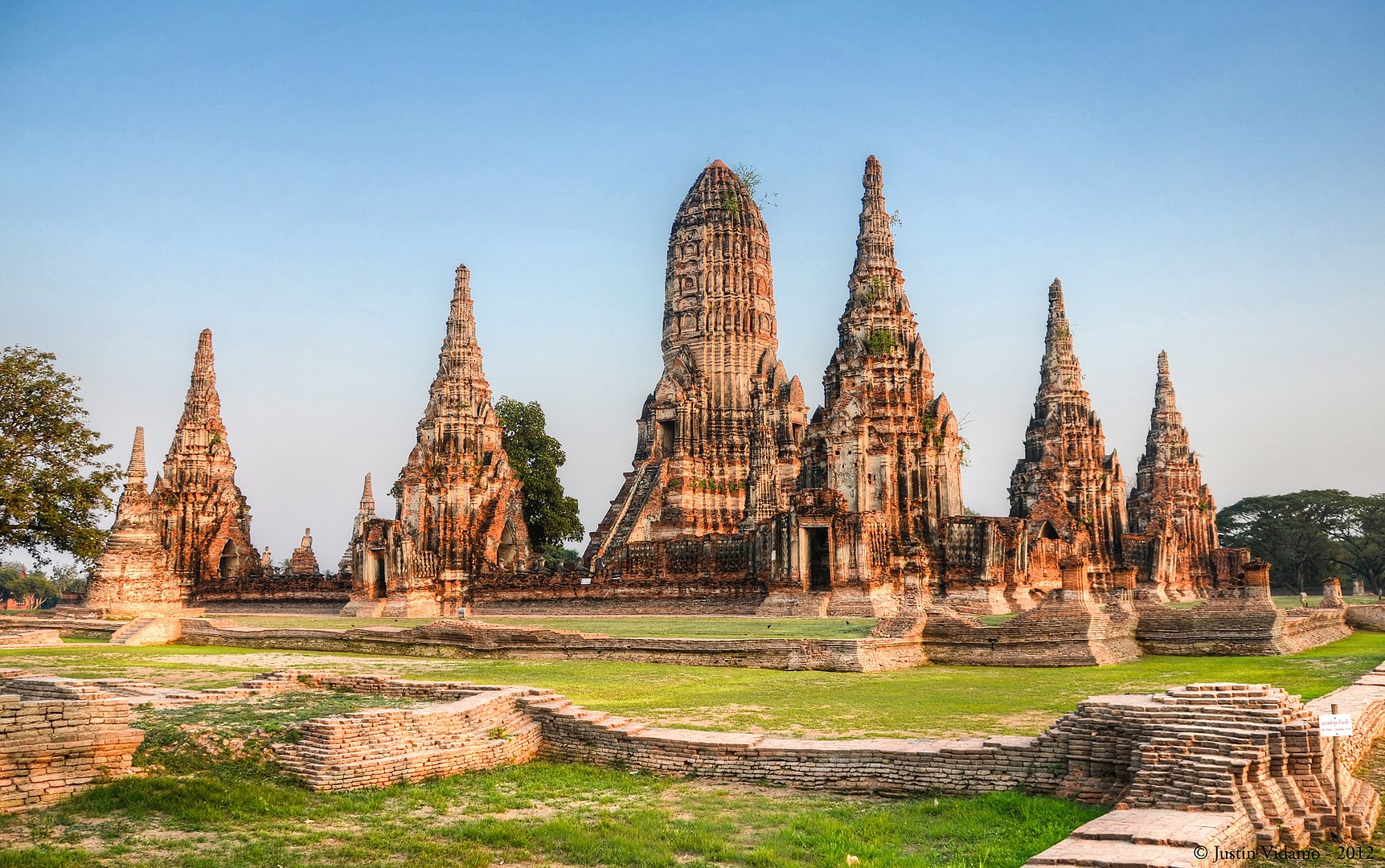Angkor Wat
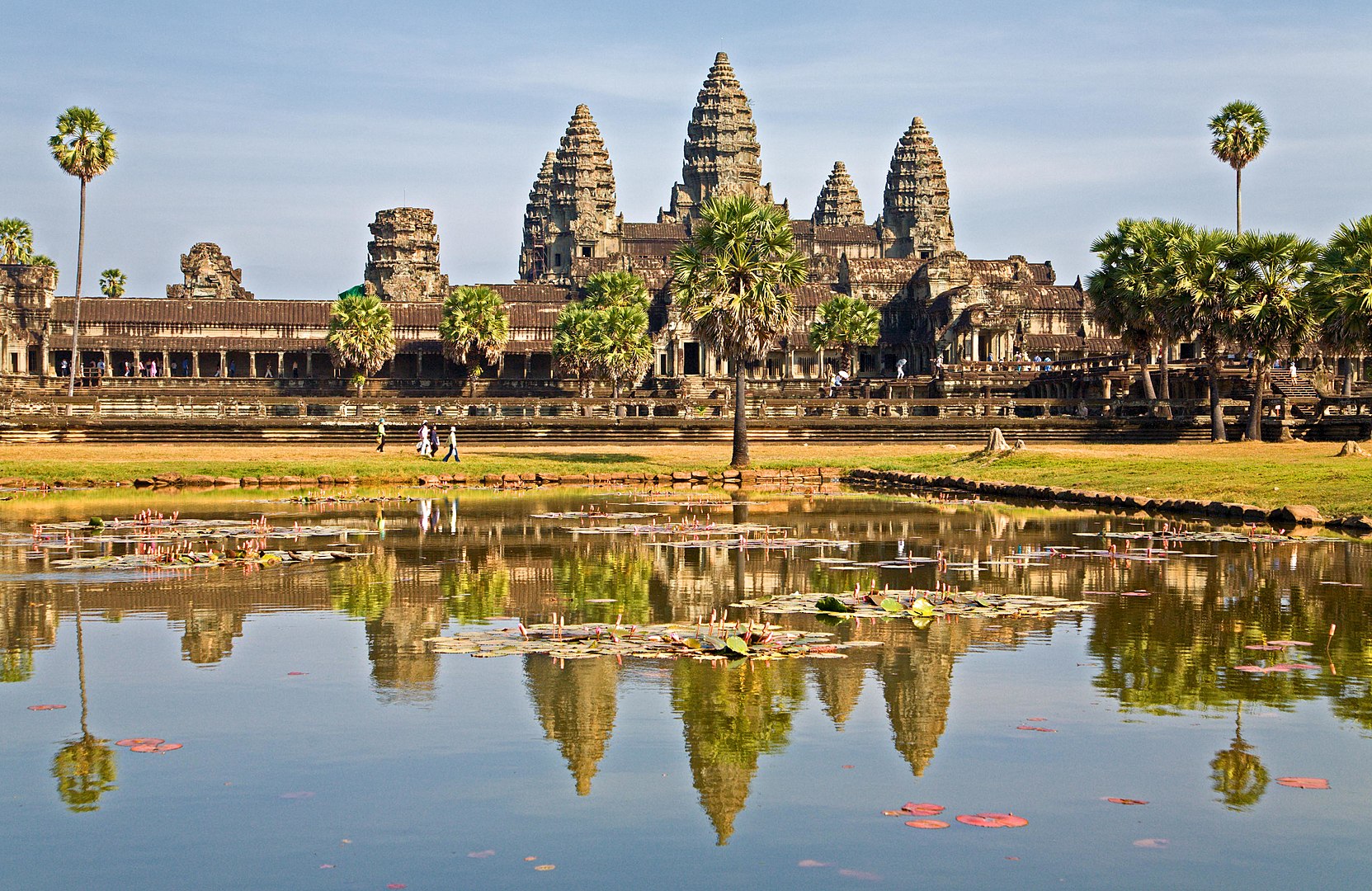
The architecture of India has had a profound influence on the architectural traditions of neighboring Asian countries, reflecting the spread of Indian culture, religion, and trade over the centuries. This influence can be observed in various regions, including Southeast Asia, Central Asia, and the Far East, through the transmission of Hinduism, Buddhism, and other elements of Indian culture. Key aspects of this influence include:
Southeast Asia
Hindu and Buddhist Temples: Countries like Cambodia, Indonesia, Thailand, and Vietnam exhibit significant Indian influence in their ancient temples and structures. The temple complex of Angkor Wat in Cambodia, originally dedicated to the Hindu god Vishnu, is a prime example of Indian architectural principles adapted to local styles and needs. Similarly, the Borobudur Temple in Indonesia, the world’s largest Buddhist temple, reflects Indian Buddhist architectural ideas integrated with local craftsmanship.
Urban Planning and Monument Construction:** The ancient city of Ayutthaya in Thailand, although showcasing a unique Thai architectural identity, was influenced by Indian concepts of urban planning and religious architecture.
Central Asia
Buddhist Monasteries and Stupas: The spread of Buddhism from India to Central Asia led to the establishment of Buddhist monasteries and stupas, especially along the Silk Road. These structures, found in regions that are now part of modern-day Afghanistan, Uzbekistan, and Tajikistan, often incorporated Indian architectural elements, such as the dome-shaped stupas that were derived from Indian stupas like the Great Stupa at Sanchi.
Far East
China and Japan: The transmission of Buddhism to China and subsequently to Japan also carried with it Indian architectural concepts. The pagoda, an evolution of the Indian stupa, is a notable example. In China, pagodas were initially built to house Buddhist relics and scriptures brought from India. The architectural style of these pagodas gradually evolved, incorporating local elements. In Japan, the influence is evident in the design of Buddhist temples, such as the Horyu-ji Temple, one of the country’s oldest temples, which shows the adaptation of Indian Buddhist architecture to Japanese aesthetic and materials.
Indonesia and Malaysia
Majapahit and Srivijaya Kingdoms:** In Indonesia, the architecture of the Majapahit Kingdom (1293–1527 CE) and the earlier Srivijaya Kingdom shows Indian influences in their temple architecture and urban planning. The ancient Malaysian city of Malacca, influenced by the trading relationships with Indian kingdoms, also exhibits elements of Indian architectural design in its early structures.
The spread of Indian architecture to neighboring Asian countries was not merely a one-way transmission but a dynamic exchange that led to the emergence of unique, hybrid architectural styles. Local cultures assimilated Indian architectural and urban planning concepts, adapting them to local conditions, materials, and cultural needs, resulting in rich and diverse architectural traditions across Asia.
Ashokan Pillar in Vaishali
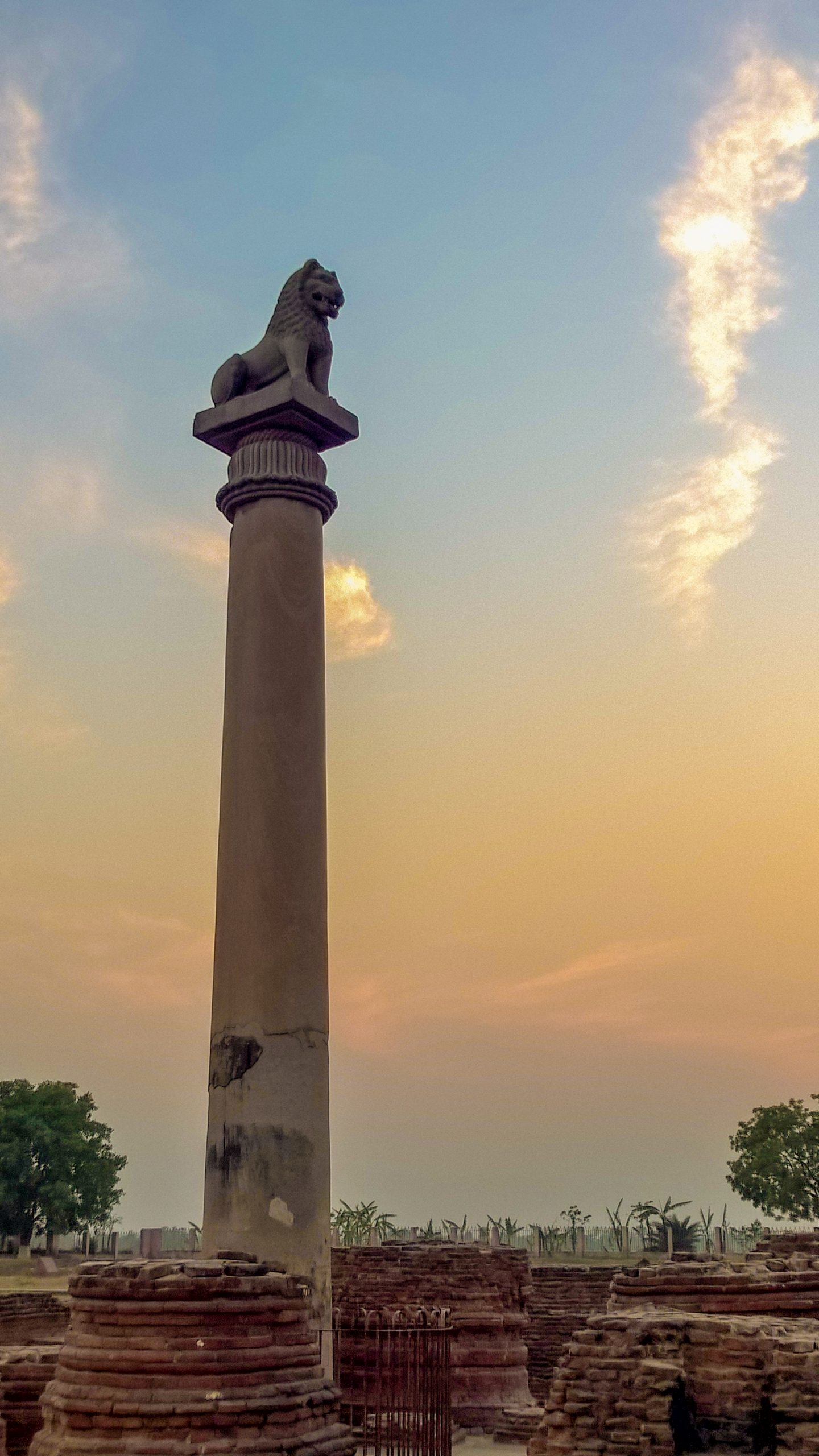
Giant Swing and Wat Suthat
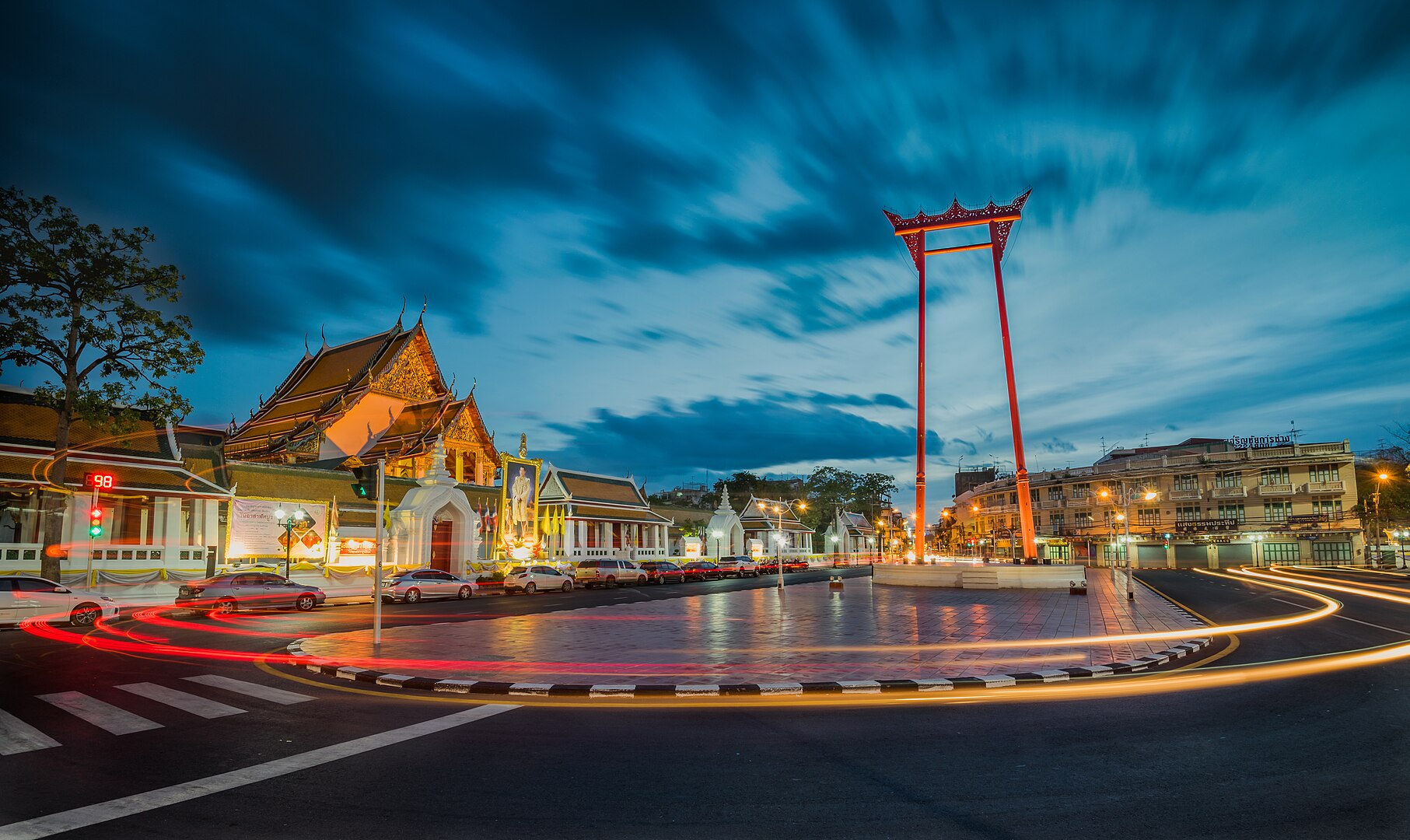
Hoa Lai Towers in Ninh Thuan Province

Hongsalmun of Heolleung Royal Tomb
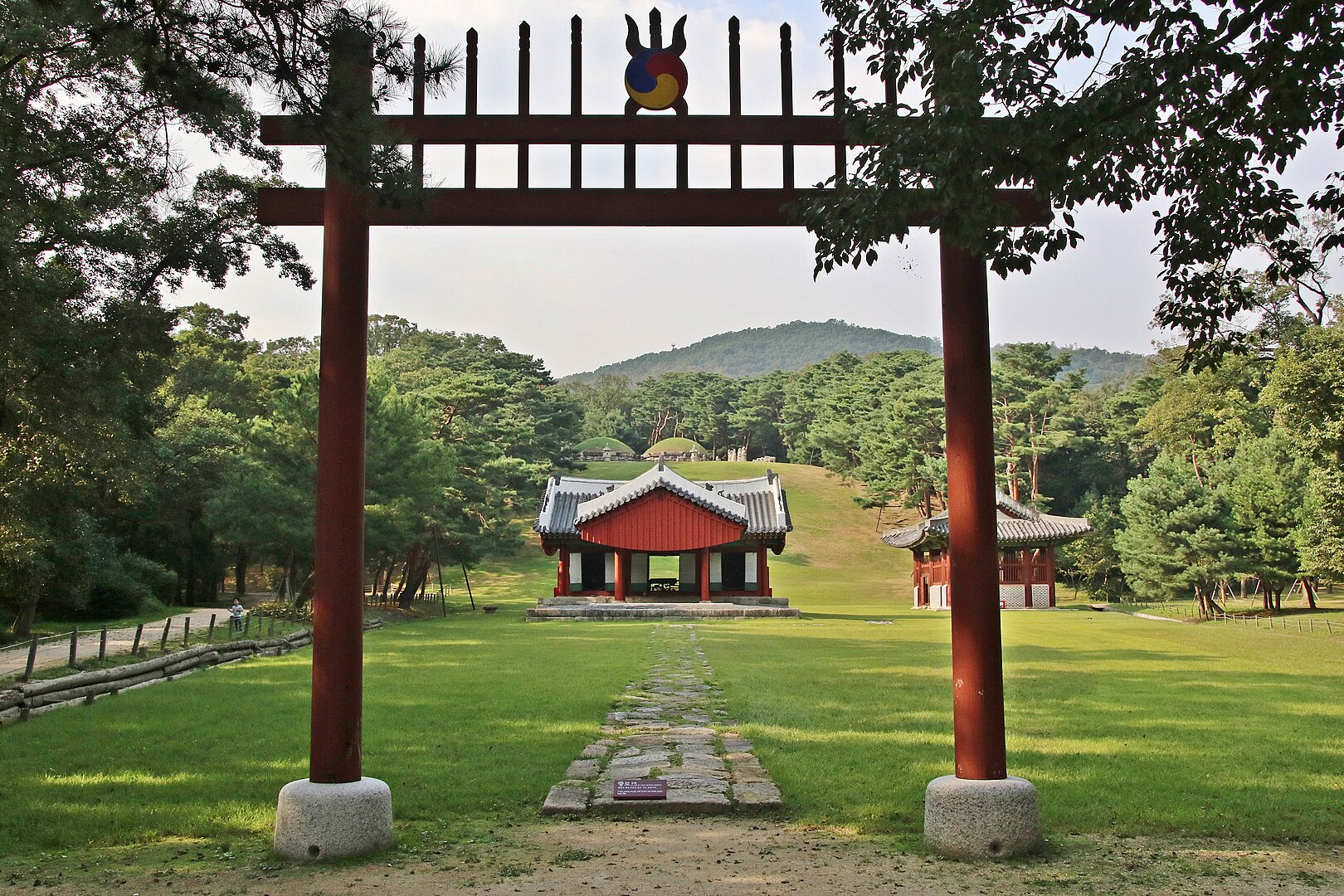
Masjid Ubadiah Showcasing Elements of Indo Saracenic Style
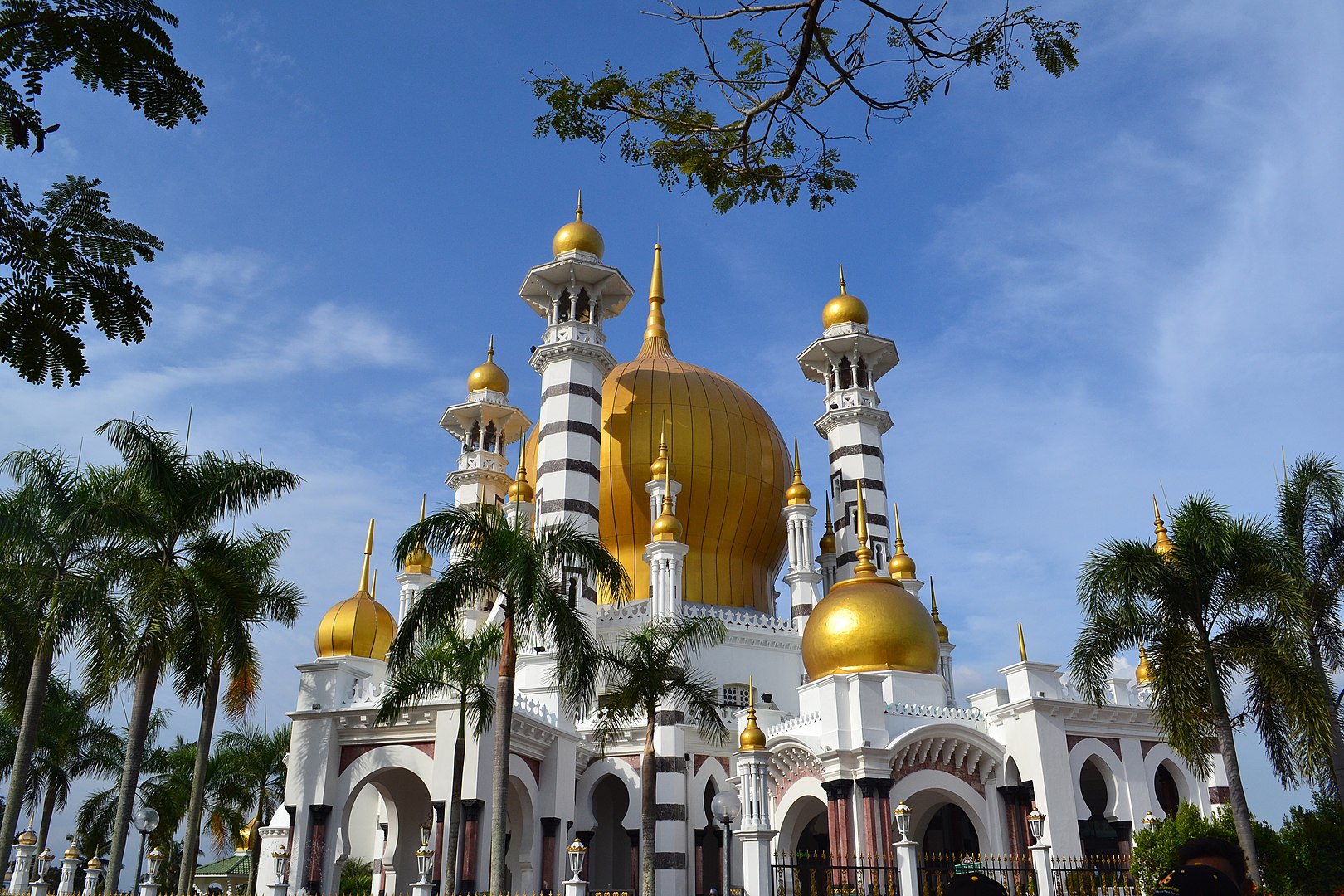
Paifang

Po Klong Garai Temple near Phan Rang

Prambanan an example of Indionesian Temple
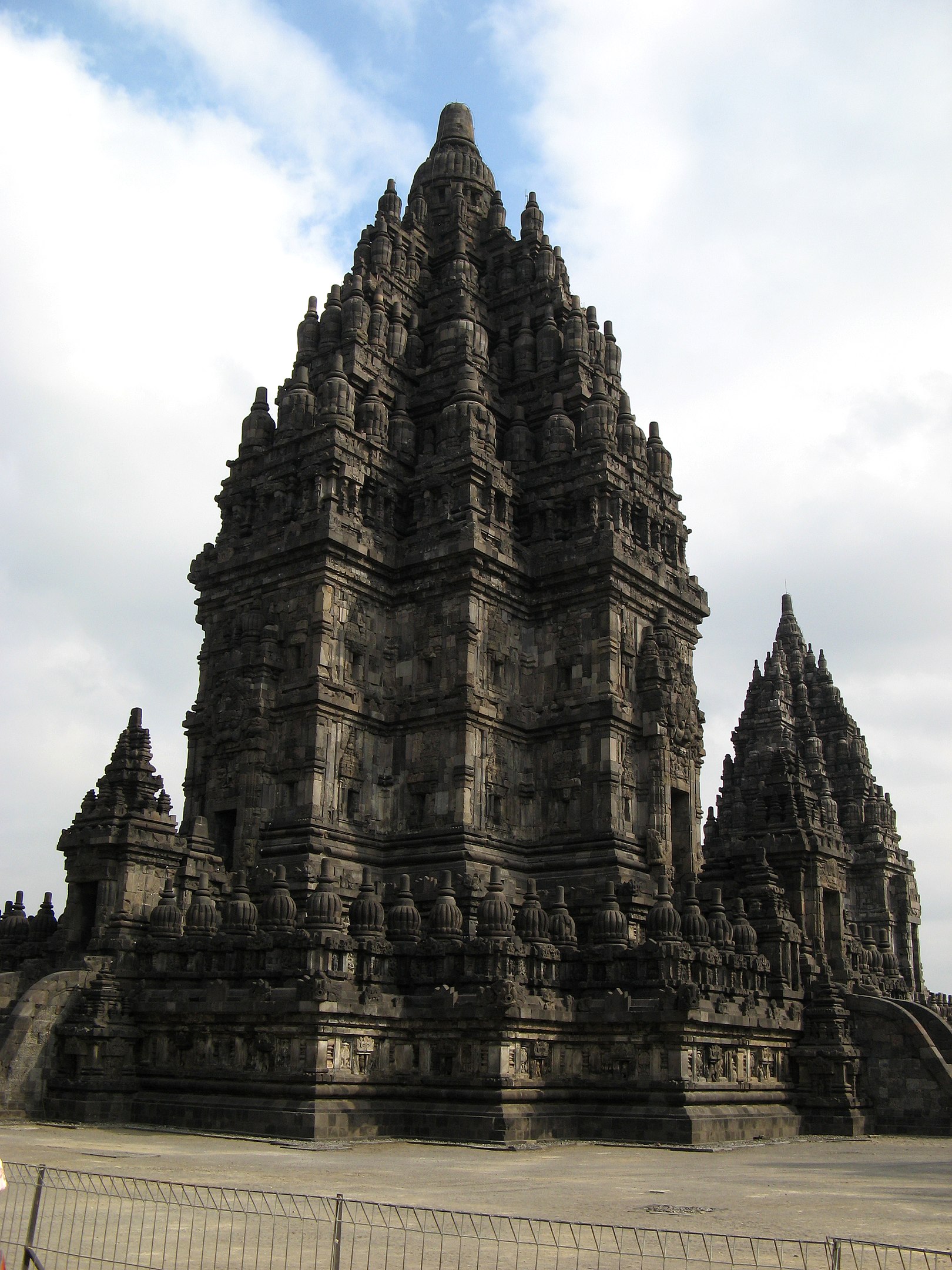
Prasat Bayan Jayagiri Brahma Palace
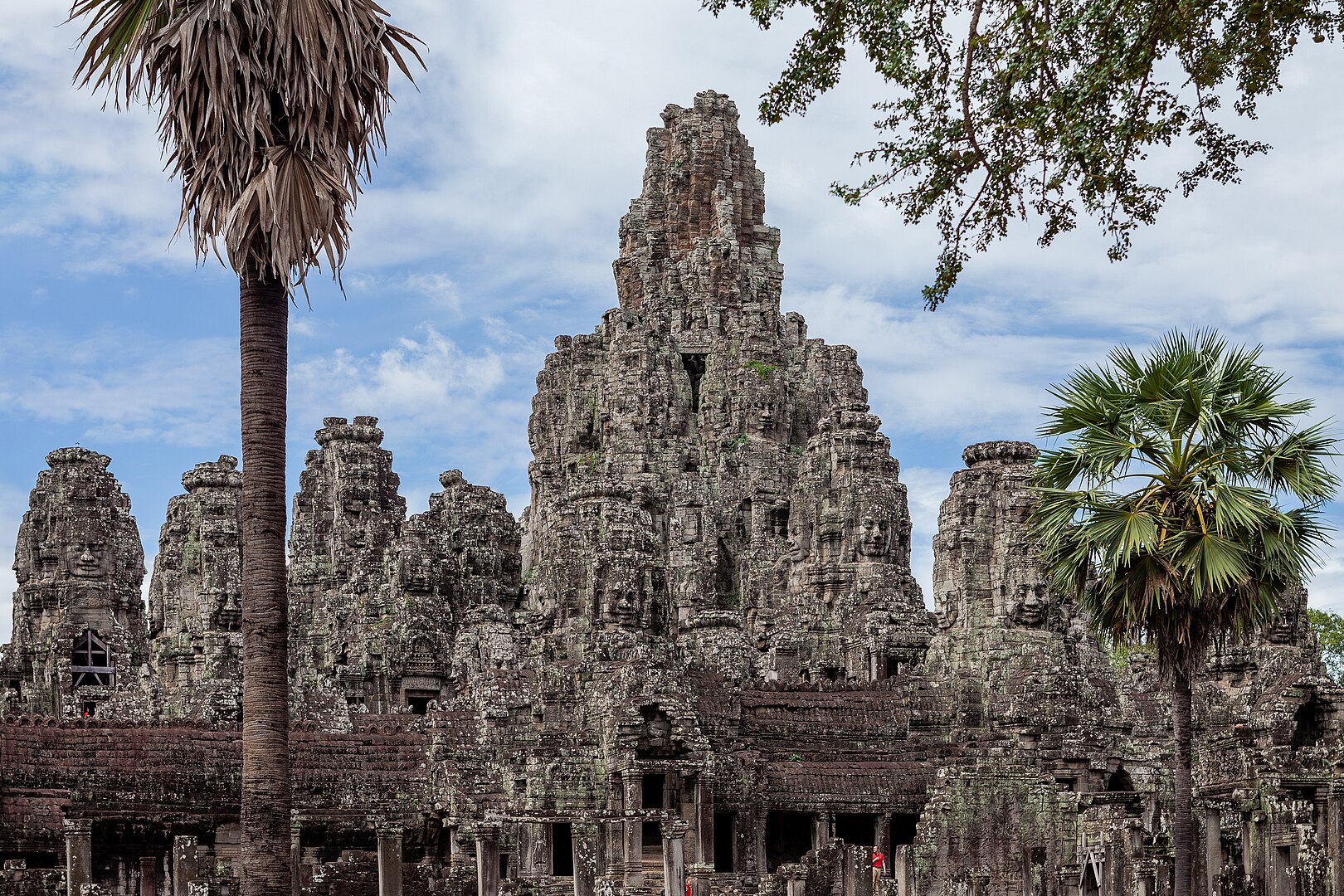
Spinx of Naxos at Delhi

Temples of Bagan

Torii Path leading to Fushimi Inari Taisha
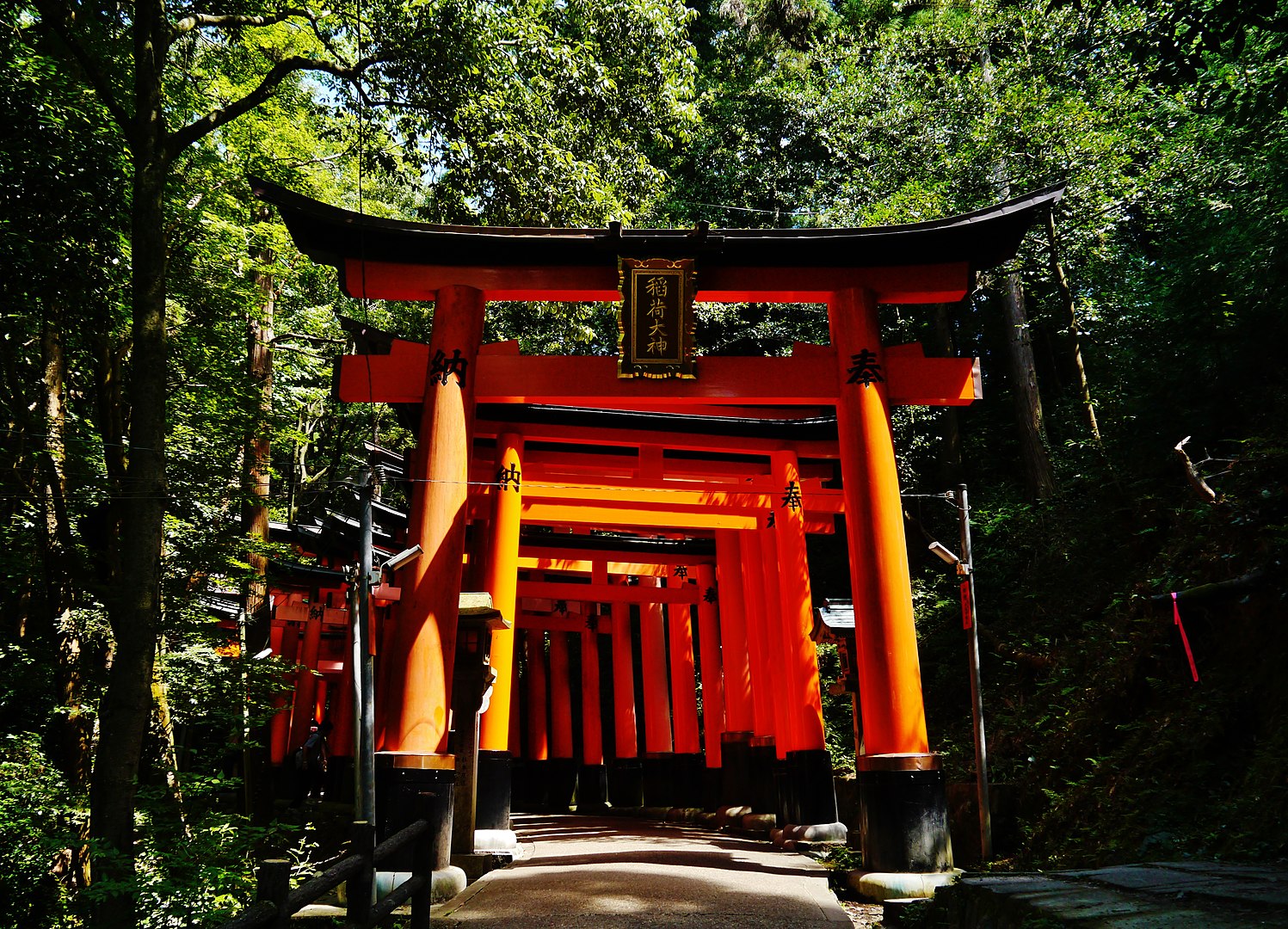
Trumurti Pambanan Temple Yogyakarta
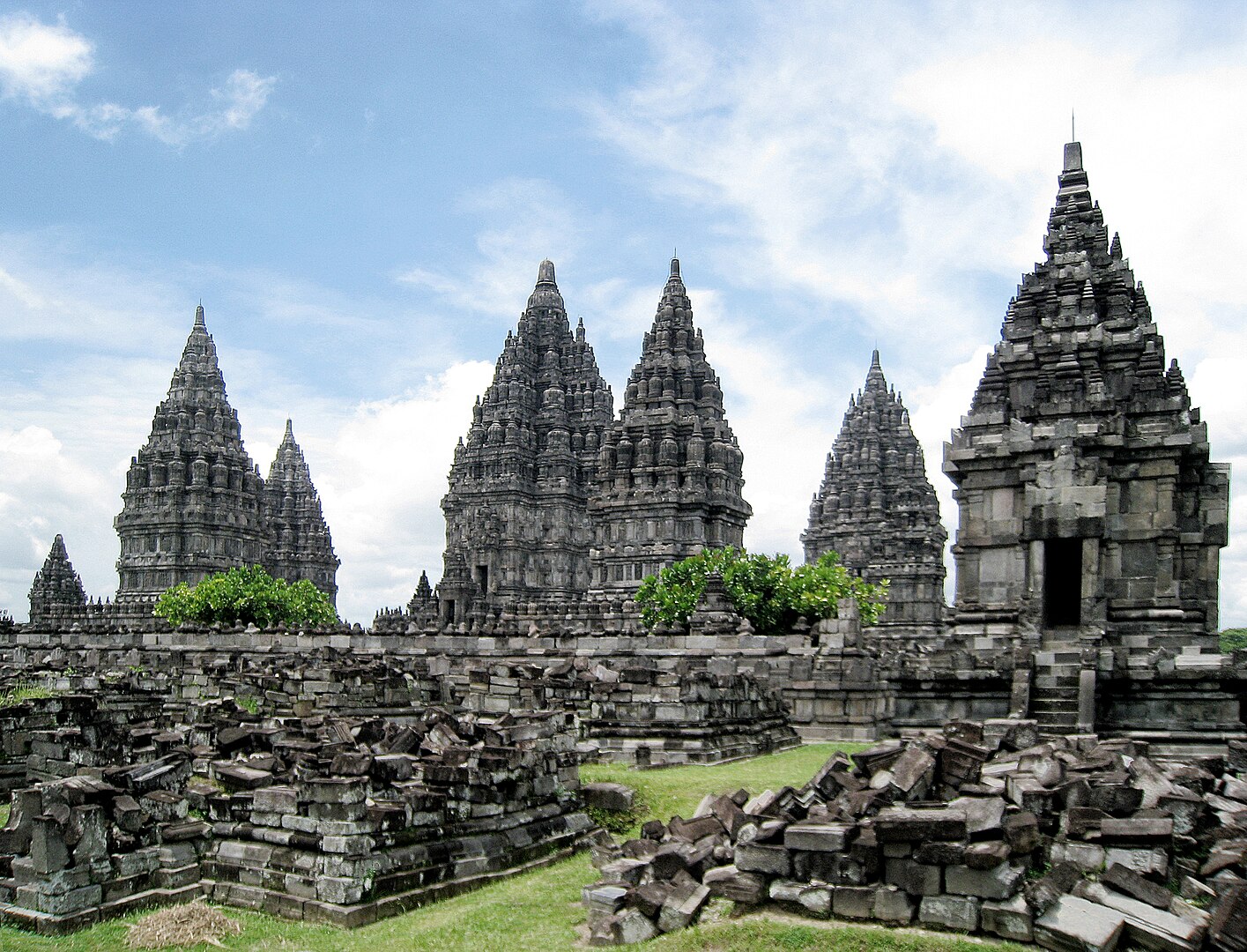
Wat Chaiwatthanaram an example of Thai Style
